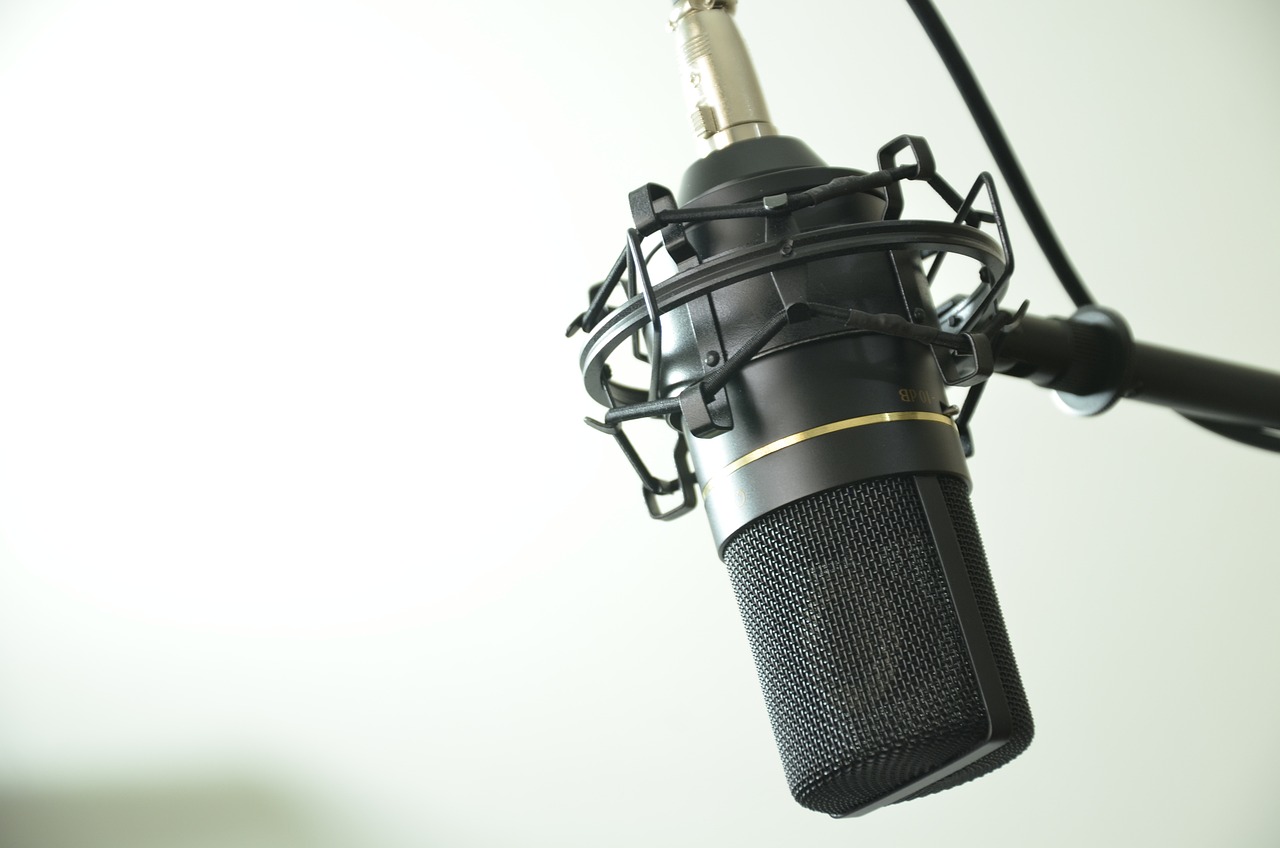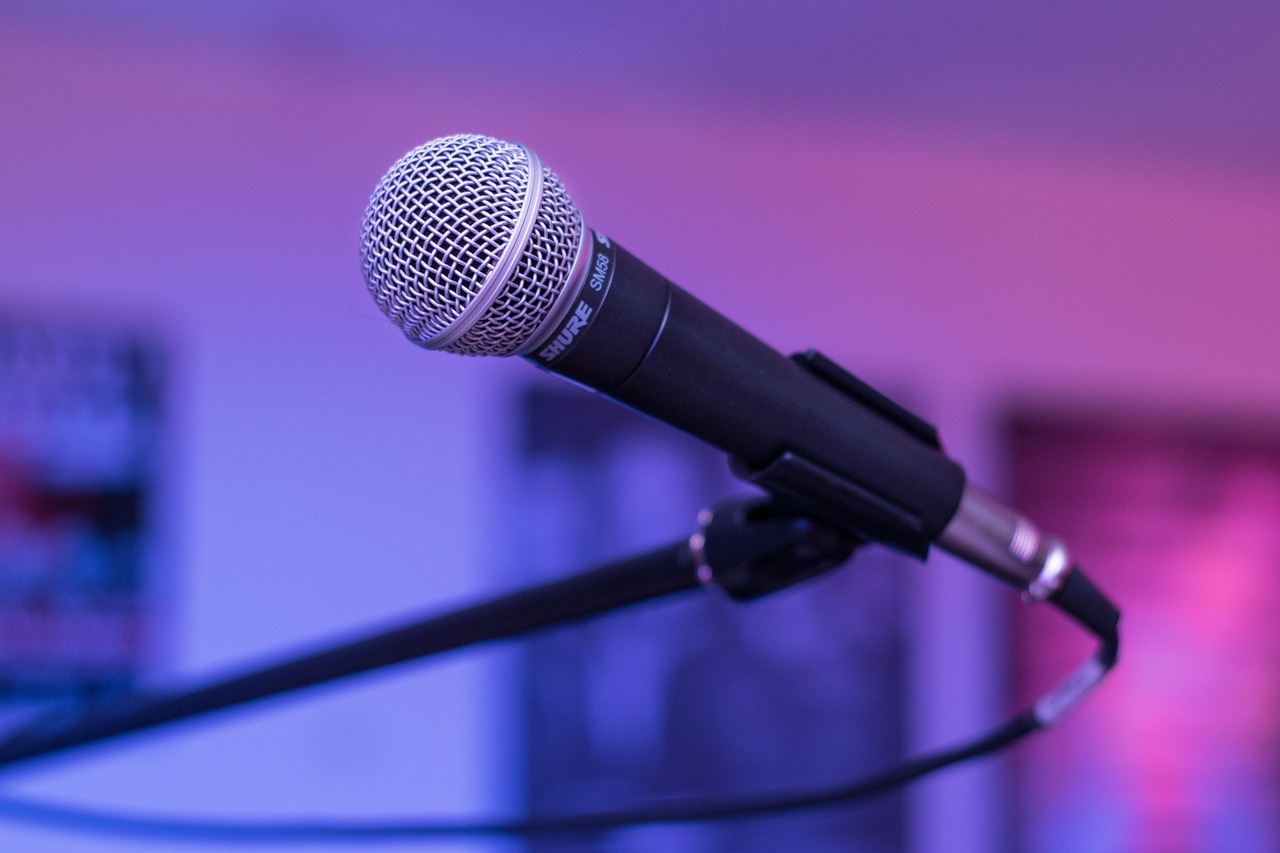Microphones come in many varieties. Choose the right one based on your needs.
Cost and Quality: Microphones can cast tens or tens of thousands. Avoid the cheap-o ones because you’re a speaker. The quality of your audio is even more important than the quality of your video.
At the same time, unless you’re recording acoustic instruments in a custom-built studio or have some need to hear the heartbeat of an ant, expensive microphones won’t offer any advantage.
Read reviews from qualified sources. There’s little reason to spend more than a few hundred dollars or pounds on a mic that will serve you well.
Omnidirectional or Unidirectional: Omnidirectional microphones “hear” everything around them. “Unidirectional” or “Cardioid” microphones “hear” mostly what’s in front of them. This latter type makes sense for speakers as it filters out more background noise.
Headset and lavalier microphones are just easy. Put on the headset or clip the mic in the middle of your chest and that’s it. I’m using a wired lavalier right now. The mic is always the same distance from my mouth and it’s unlikely to pick up much breathing, or mouth noise.
Studio Condensor Mics are a popular choice for those who speak sitting down for broadcasting or podcasting. These mics sit on your desk and they have a “diaphragm” an “ear” that’s bigger and more sensitive than most other microphones. You’ll get great sound quality at the expense of less mobility.

Traditional handheld microphones have been around for ages. They produce good sound and are well suited to singing because it’s easy to vary the distance from the microphone to your mouth as you get louder or softer. They also tend to be heavy and they’ll limit your ability to use hand gestures.

Image by Cornelia Schneider-Frank from Pixabay
Wired or wireless? That’s a final, important consideration. Wireless microphones are subject to interference from cell phones and other sources. “Wired” mics are more reliable but you’ll have that chunky XLR cable to deal with. Most speakers and actors use wireless headset or lavalier microphones on stage, but the higer-quality ones are less likely to disappoint. You might want to keep a wired handheld mic in your bag for backup.
And the microphone in your laptop? It’s fine for chit-chatting but if you intend to make presentations, it’s the first component you should upgrade.





